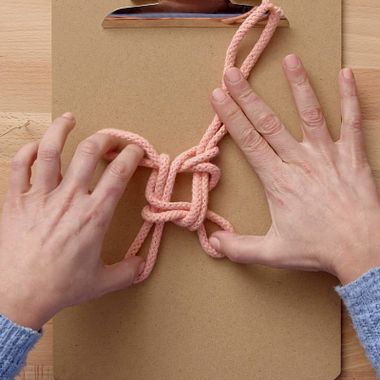Discover the principles and history of this surprisingly modern vocation
Furniture has, of course, existed throughout history: humans have always needed a place to rest their bodies and store their things. It wasn’t until the late 19th and early 20th centuries, however, that the historical and cultural value of furniture, and, in turn, the importance of restoring and conserving it, was recognized.
The craft itself also became a means of practically understanding the processes that created the antiques we admire. A community of restorers and museums blossomed and continues to share their findings openly to ensure the authentic preservation of historical artifacts and the skills and techniques used to make them.
The Smithsonian Museum Conservation Institute lays out three main principles of furniture restoration:
The minimization of deterioration (preservation)
The consolidation (stabilization) of artifacts as they currently exist
Repair/replacement (compensation or restoration) of existing damage
One of the most ambitious feats of recent restoration was the work on the chair of Marie Antoinette, the Queen of France until her death during the French Revolution in 1973, by the Victoria & Albert Museum in London.






























